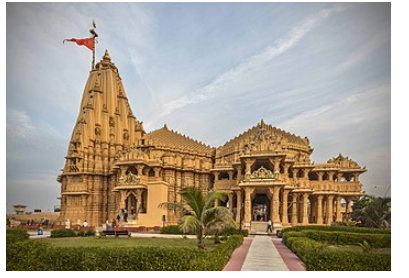09 Nov 2024 12:01:54 pm
Tags : Somnath Temple

Topic: Temples
Why in the news?
Source: The Times of India
About Somnath Temple:
Māru-Gurjara Architecture or Solanki style
|
0 Comments

© 2025 Catalyst IAS All Rights Reserved.